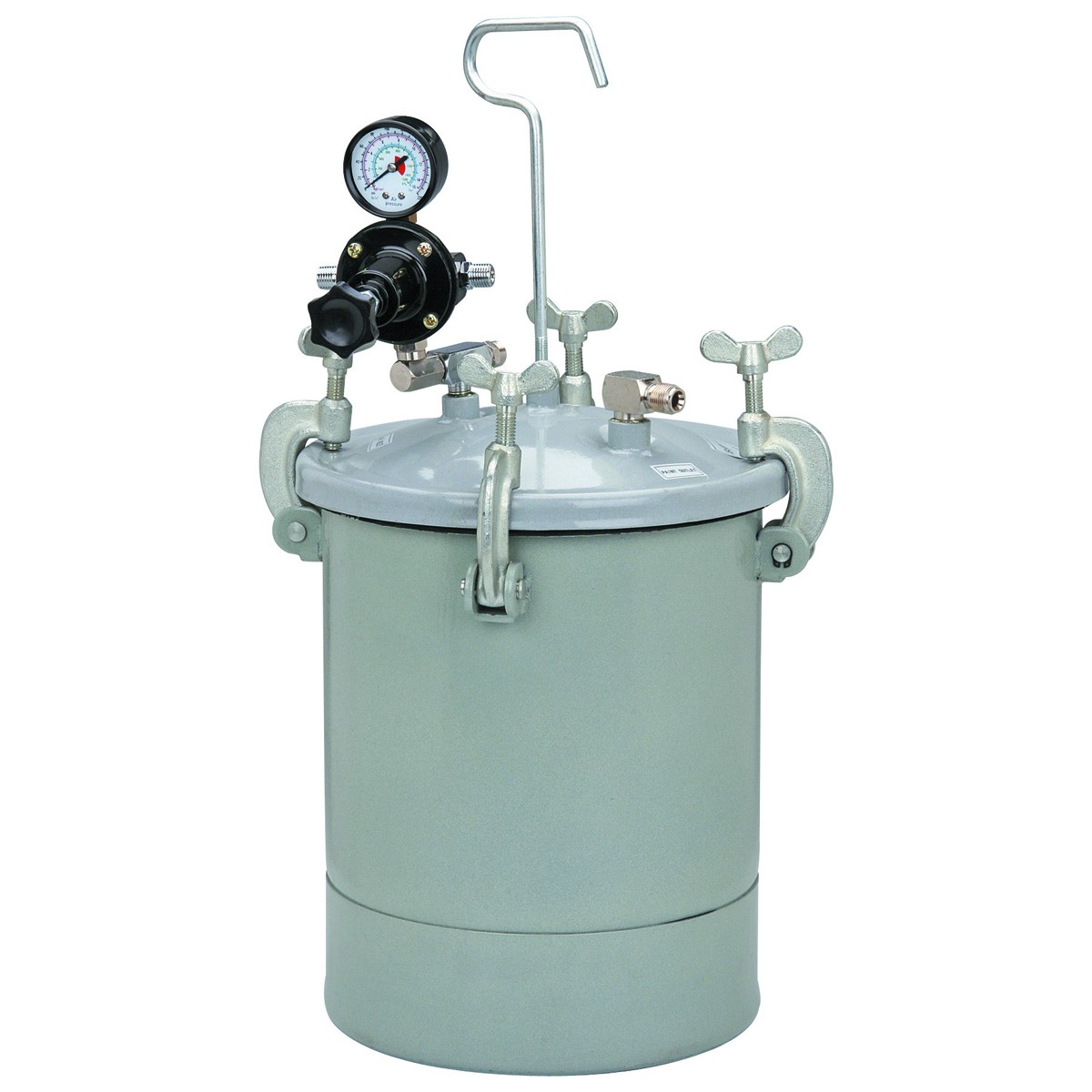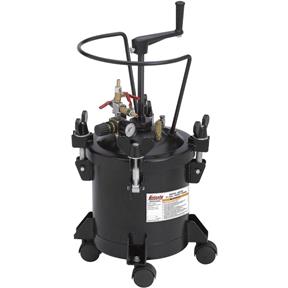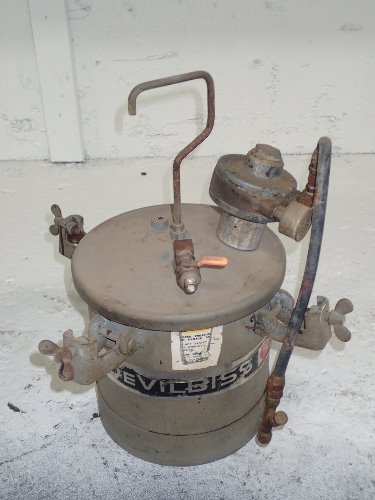Nick Rocco
Member
I am in the market for my first pressure pot to start casting my own turning blanks.
I have come up with the following options and would like some input from everyone on what might be my best option:
1. Harbor freight pressure paint pot. I have ready a lot about this one on the forum; both good and bad. This is the least expensive option.

2. Grizzly pressure paint pot. This is almost twice the price of the HF pot but looks a little more heavy duty. I like the lid clamps better.

3. A used DeVilbiss pressure pot. This can be had for a little less than the Grizzly but will need some work from the looks of it.

Any and all thoughts are welcome and appreciated.
Thanks!
I have come up with the following options and would like some input from everyone on what might be my best option:
1. Harbor freight pressure paint pot. I have ready a lot about this one on the forum; both good and bad. This is the least expensive option.

2. Grizzly pressure paint pot. This is almost twice the price of the HF pot but looks a little more heavy duty. I like the lid clamps better.

3. A used DeVilbiss pressure pot. This can be had for a little less than the Grizzly but will need some work from the looks of it.

Any and all thoughts are welcome and appreciated.
Thanks!
